Senator Feinstein,CA Secretary of State,Speaker Pelosi and Congresswoman Davis,
Please read..
Warning on voting machines reveals oversight failure
By Greg Gordon | McClatchy Newspapers
WASHINGTON — Disclosure of an election computer glitch that could drop ballot totals for entire precincts is stirring new worries that an unofficial laboratory testing system failed for years to detect an array of flaws in $1.5 billion worth of voting equipment sold nationwide since 2003.
Texas-based Premier Elections Solutions last week alerted at least 1,750 jurisdictions across the country that special precautions are needed to address the problem in tabulation software affecting all 19 of its models dating back a decade.
Voting experts reacted skeptically to the company's assertion that election workers' routine crosschecks of ballot totals would have spotted any instances where its servers failed to register some precinct vote totals when receiving data from multiple memory cards.
Like nearly all of the nation's modern voting equipment, Premier's products were declared "qualified" under a voluntary testing process overseen from the mid 1990s until 2005 by the National Association of State Election Directors.
Computer scientists, some state officials and election watchdog groups allege that the NASED-sponsored testing system was a recipe for disaster, shrouded in secrecy, and allowing equipment makers to help design the tests.
The federal Election Assistance Administration, created in 2002, took over the testing responsibility in 2005, but has yet to certify a single voting machine.
As a result, charged Susan Greenhalgh, a spokeswoman for watchdog group Voter Action, the systems on which Americans will decide the race between Barack Obama and John McCain in November are "scandalously flawed"' and "the integrity of this election is in question."
David Beirne, executive director of the Election Technology Council, which represents the leading makers of voting machines, said there's no reason for concern. Without mentioning NASED, he said that members' products "have all been certified" as meeting 2002 voluntary federal standards.
NASED officials took on the testing in the mid 1990s, after the Federal Election Commission adopted voluntary federal standards for voting machines but Congress failed to create a testing agency. The industry was frustrated, too, by being governed by a hodge-podge of state standards.
"We had two choices: To try to do something or to do nothing," said Thomas Wilkey, who headed NASED's volunteer Voting Systems Committee for several years while executive director of New York's elections board. "We had a set of standards. It was a crime to let them sit on a shelf."
NASED watched over the issuance of "qualified" reports from Independent Testing Laboratories, but with little control over the testing. The vendors secretly negotiated payments with the labs, helped design the tests, got to see the results first and only shared the codes driving their software with three NASED technical experts who signed non-disclosure agreements.
NASED officials posted only "qualified" ratings on the group's Web site.
The lab endorsements aided vendors in selling nearly $1.5 billion in equipment to states and counties from 2003-2007, most of it financed by a gush of federal dollars under the 2002 Help America Vote Act.
Wilkey says the labs' approval was never a "certification." But EAC members have referred publicly to NASED's "certification" of voting machines, and numerous states enacted laws barring purchases of equipment unless it passed the NASED-sponsored tests.
Questions about NASED's testing grew in intensity over the last couple of years, after independent tests for the states of California, New York, Ohio, Florida and Connecticut found performance defects and security gaps in both systems that will serve most voters this fall: touch-screens and optical scanners.
The concerns prompted New York's elections board to scrap a $60 million contract to buy new touch screens to replace its decades-old lever voting machines. Vice Chair Douglas Kellner said it's now clear that a "qualified" rating from NASED is "meaningless ...a piece of toilet paper."
David Jefferson, a voting machine security expert who works at the Lawrence Livermore National Laboratory, said NASED's tests were "of no value if your concern is security against insider threats," such as tampering by election officials.
John Washburn, a software tester in the Milwaukee suburb of Germantown, predicts that nearly all of the machines bought in recent years will have to be replaced in a process he likened to the early 20th Century Teapot Dome scandal "as just the epitome of how government money goes down a rat hole," he said.
Worries about the touch-screens' lack of a verifiable paper trail have already prompted states to replace thousands of barely used machines costing hundreds of millions of dollars in favor of the scanners, which preserve each voter's original paper ballot for use in a recount.
Con't
http://www.mcclatchydc.com/staff/greg_gordon/story/50485.html
McClatchy Newspapers 2008
Paper Ballots Only,Please !
And,No Electronic Ballot Counting Machines,Either !
Thank you,M..A Very Concerned Democrat..
Tuesday, August 26, 2008
Subscribe to:
Post Comments (Atom)

 .
.








 May love and laughter light your days,
and warm your heart and home.
May good and faithful friends be yours,
wherever you may roam.
May peace and plenty bless your world
with joy that long endures.
May all life's passing seasons
bring the best to you and yours !
*******
Thanks Pbtrue1. :)
May love and laughter light your days,
and warm your heart and home.
May good and faithful friends be yours,
wherever you may roam.
May peace and plenty bless your world
with joy that long endures.
May all life's passing seasons
bring the best to you and yours !
*******
Thanks Pbtrue1. :)




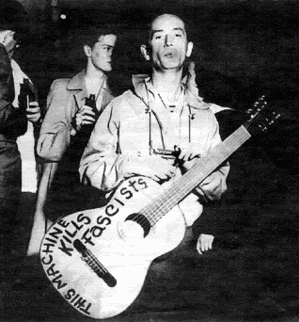
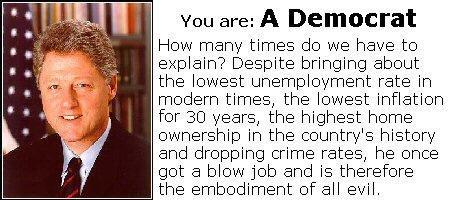





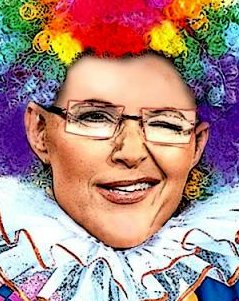



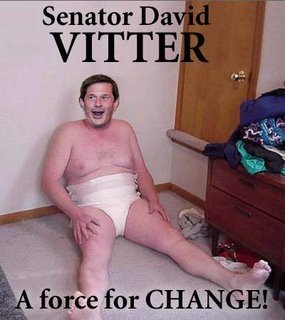

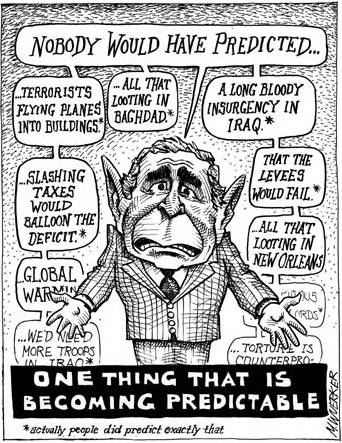
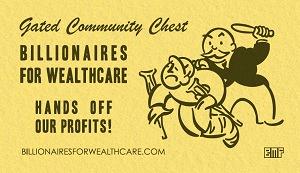
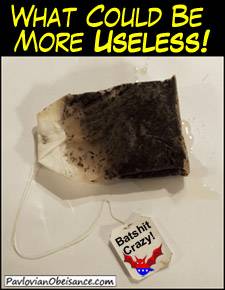

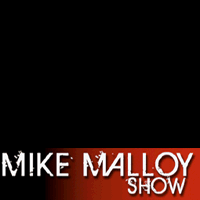




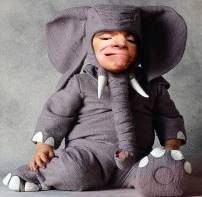
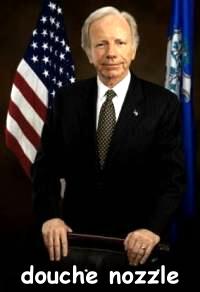


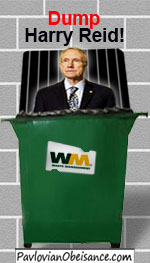




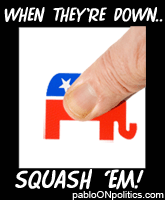


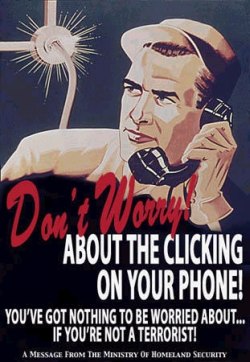





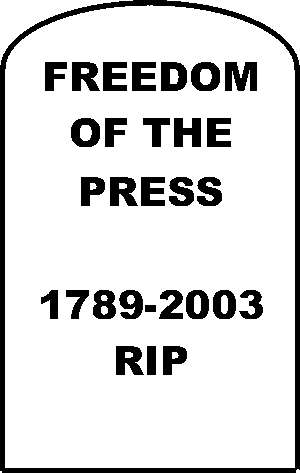




 .
"Hello to our friends and fans in domestic surveillance."
.
"Hello to our friends and fans in domestic surveillance."










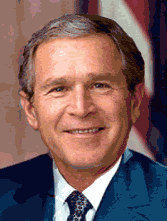





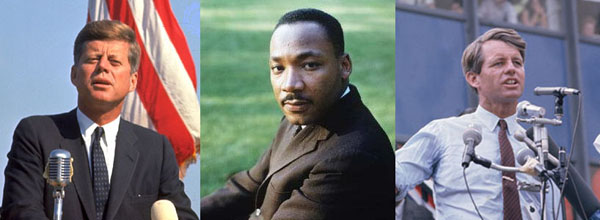

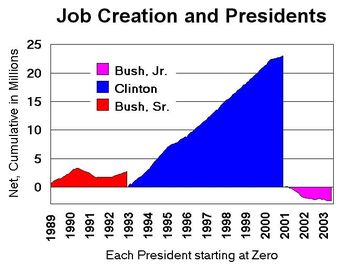
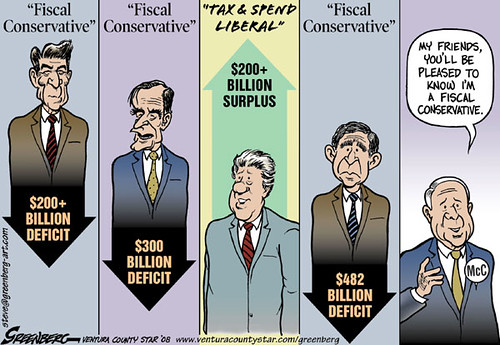


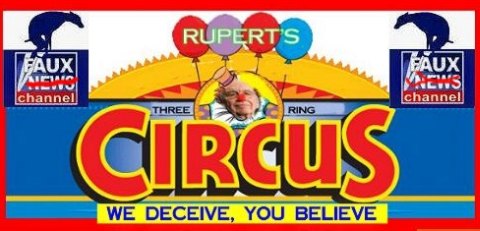








 *Hee Hee*
Submitted by Alice on Sun, 08/05/2007 - 4:02am.
MM.. :)
*Hee Hee*
Submitted by Alice on Sun, 08/05/2007 - 4:02am.
MM.. :)
 I'm Eighteen (Album Version)
I'm Eighteen (Album Version)
No comments:
Post a Comment